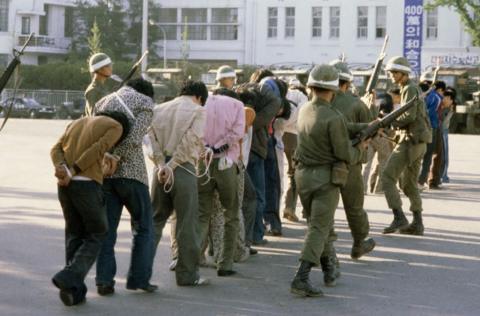Koh Jae-hak can still vividly remember when he saw soldiers gunning down a group of young women in cold blood.
It was April 1960. Students had launched protests calling for the resignation of the dictatorial president Syngman Rhee. Mr Koh was working in a government building when he looked out of the window and saw protesters clashing with police.
"There were demonstrations from various universities, and they all gathered in front… that's when shots were fired," the 87-year-old said. Days later, martial law was declared.
South Korea is widely considered a peaceful beacon of democracy in Asia, but that wasn't always the case. This is a country that saw 16 bouts of martial law during its first four decades ruled largely by dictators.
It is why democracy is now deeply treasured by South Koreans as a hard-won right. It is also why President Yoon Suk Yeol's declaration of martial law this week – the first to happen in 45 years and during democratic rule - was particularly triggering and prompted such a visceral response.
Almost immediately, lawmakers jumped out of bed and rushed to the national assembly, clambering over fences to reverse martial law.
Hundreds of ordinary citizens gathered to hold back troops who had been ordered to throw out MPs.
Some soldiers, apparently unwilling to carry out their orders, reportedly dragged their feet in clearing the crowd and entering the building.
